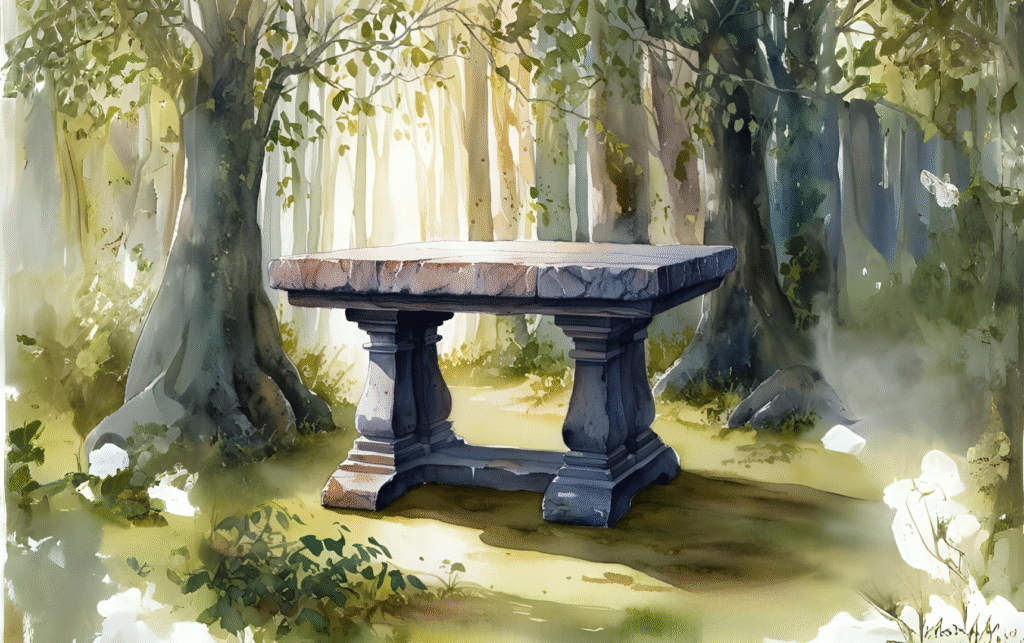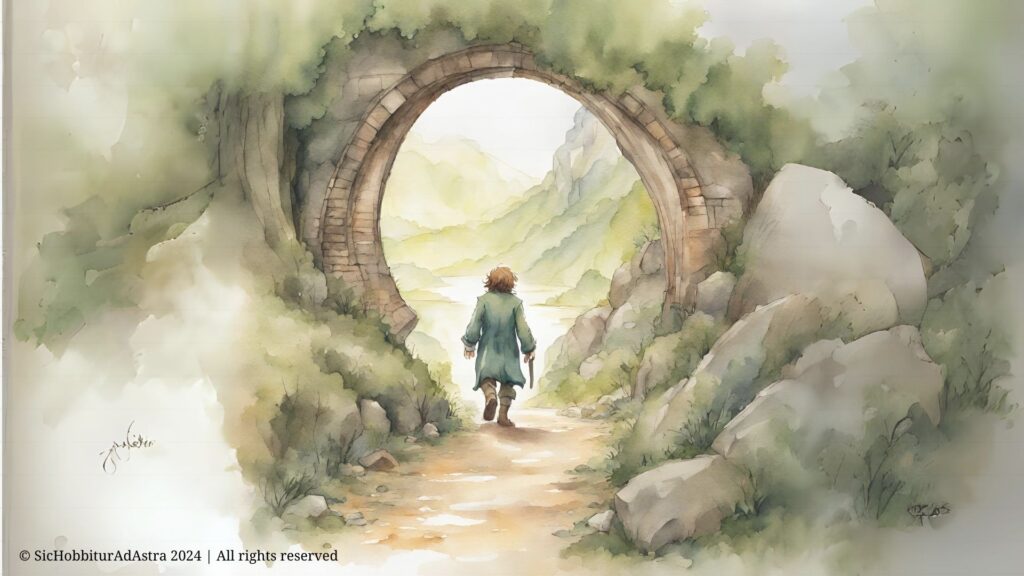
“It was cool to find out that Lewis wrote the book with Jesus in mind. It made me realize there’s a deep connection between an author’s life and what they write.”
Nicholas, 6th grade
Every reading experience represents an encounter with another person—an invitation to see through someone else’s eyes and to explore meaning beyond the surface. When we ask students to compare The Lion, the Witch and the Wardrobe with the Bible, we offer them more than a literary exercise. We give them the opportunity to discover how stories speak to each other, and how a powerful narrative can hold deeper layers of significance.
Here’s how an intertextual comparison activity can enrich your teaching of Lewis’s classic—and why your middle school students will benefit from it.
1. Reveal Symbolism and Deepen Textual Understanding
C.S. Lewis was not just a brilliant storyteller; he was a Christian apologist who viewed narrative as a path to truth. Through Aslan, he offers young readers a figure of hope, leadership, and sacrifice.
When students explore key parallels between Aslan and Jesus Christ—and read selected biblical passages side by side with the novel—they begin to understand how Christian symbolism and biblical language shape the story’s emotional power and structure.
This kind of reading doesn’t flatten the novel into allegory—it expands its resonance. It also strengthens students’ comprehension and pattern recognition, inviting them to read with more curiosity and care.
2. Discover the Author’s Voice and Vision
Intertextual comparison leads naturally to questions about authorial intent. Why did Lewis write Aslan this way? What influences shaped the world of Narnia?
As students reflect on these connections, they also come to see literature as a personal and purposeful act of communication. Learning about Lewis—his faith, his imagination, his worldview—adds richness to the reading and makes literary analysis more human and engaging.

3. Strengthen Critical Thinking and Symbolic Understanding
One of the most powerful benefits of intertextual work is that it teaches students to read more actively. They must ask questions and make inferences. As historian Robert Turcan wisely reminds us:
“Il faut pour distinguer et distinguer pour comprendre”
—we must first perceive the differences in order to understand.
This shift in thinking turns reading into a thoughtful, comparative act—one that gives students tools they can use across genres and disciplines.
4. Make Room for Personal Reflection
These comparisons open the door to reflection. Students consider not only what the characters do, but what they represent. They may wonder: Why did Lewis write Aslan this way? What does his sacrifice mean to the other characters—and to me?
Such questions promote empathy, spiritual literacy, and symbolic thinking—qualities that matter deeply, whether your context is secular or faith-based.
A Note for Educators
If you’re considering exploring this approach with your class, I’ve created a ready-to-use intertextual comparison activity designed specifically for middle school students. It includes:
- Parallel passages from the novel and the Bible
- Thoughtful questions for close reading and reflection
- A clear, accessible format for classroom use
- Support for literary analysis in grades 6–8
It works beautifully as part of a novel unit, a cross-curricular lesson, or a culminating assessment. Whether you’re teaching in a secular or faith-based setting, it offers rich material for engagement, reflection, and classroom discussion.
You can explore the resource and preview its contents here:
Final thoughts
When we teach literature through intertextual comparison, we invite students to read with new eyes. As Lewis himself wrote, “My own eyes are not enough for me.” Guiding them to consider one story through the lens of another doesn’t just enhance understanding—it nurtures insight, imagination, and wonder.
If you’re ready to offer your students an experience that blends literature, biblical symbolism, and personal discovery, this approach is a meaningful step forward.
Thank you for walking this path with me—one story at a time, one discovery at a time!
As always, may we journey forward like hobbits: with curiosity, courage, and joy.
Warmly,
Chiara



